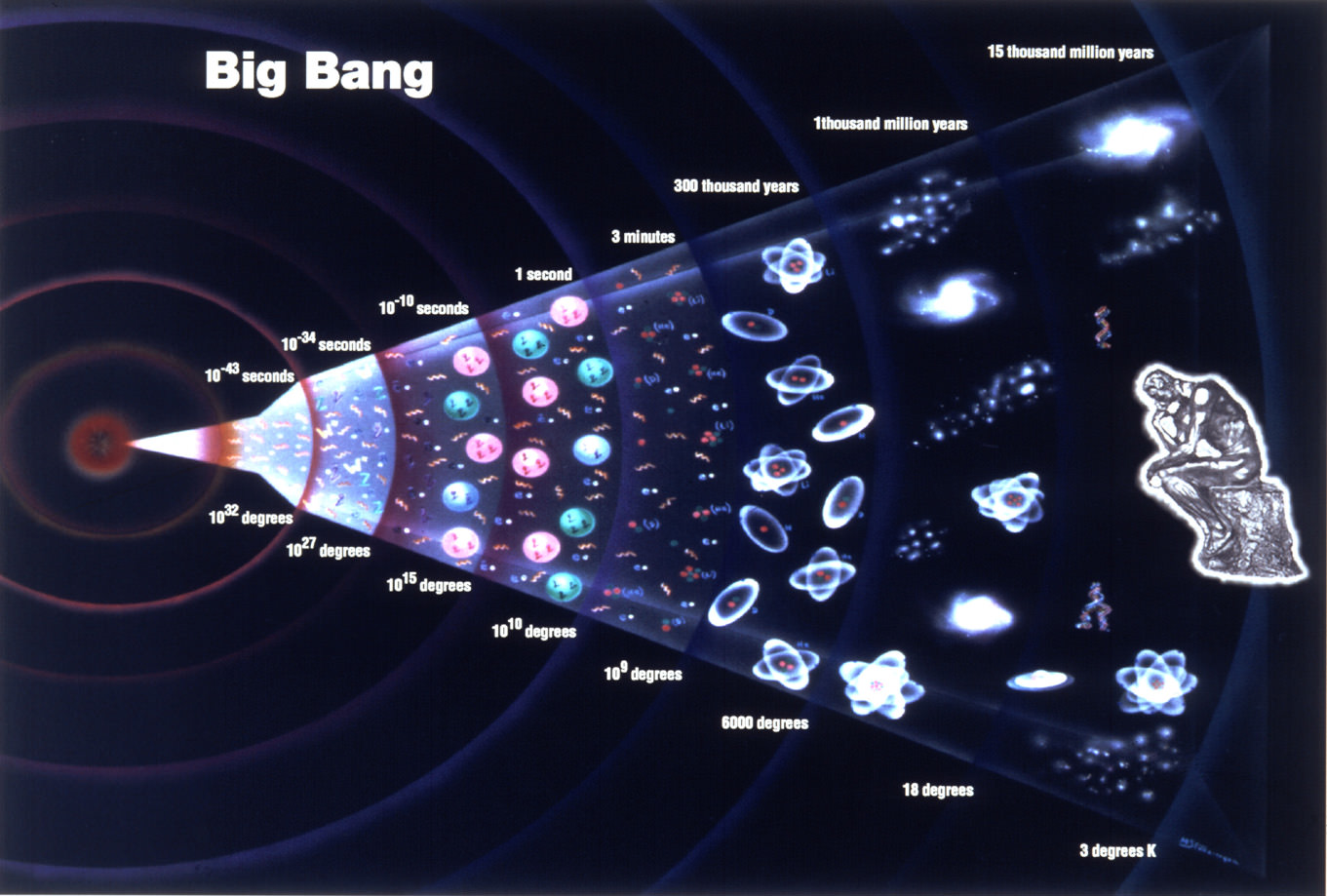"Your theory is crazy, but it's not crazy enough to be true," said the great Danish physicist Niels Bohr. Enter Sir Roger Penrose. Correlated noise in the two LIGO gravitational-wave detectors may provide evidence that the universe is governed by conformal cyclic cosmology (CCC) which assumes that the universe consists of a succession of aeons, "the boundaries of infinity," says Penrose of the University of Oxford. "The Big Bang was not the origin of our universe," he observed.
Penrose proposes that there
was an aeon before the Big Bang. The apparent noise is actually a real signal
of gravitational waves generated by the decay of hypothetical dark-matter
particles predicted by CCC from a previous aeon that can be seen in the cosmic
microwave background --electromagnetic radiation left over from an early stage
of the universe in Big Bang cosmology.
Penose argues that a
significant amount of this noise could be a signal of astrophysical or
cosmological origin – and specifically CCC.
View this brilliant,
beautifully produced interview with Penrose...
Physicists at the Niels Bohr
Institute, writes Hamish Johnston, editor of physicsworld.com, pointed out that
some of the noise in the two LIGO detectors appears to be correlated – with a
delay that corresponds to the time it takes for a gravitational wave to travel
the more than 3000 kilometers between the instruments.
First proposed over a decade
ago by Penrose, CCC assumes that each aeon begins with a big bang and proceeds
into an unending future in which the universe expands at an accelerating rate.
As this expansion becomes infinitely large, Penrose argues that it can be
transformed back into the next big bang.
Penrose, Johnston writes,
says that a "reasonably robust implication of CCC" is that dark
matter consists of particles called erebons – the name deriving from the Greek
god of darkness Erebos. As dark matter goes, erebons are extremely heavy and
have masses of about 10–5 g. This is roughly the Planck mass and on a par with
a grain of sand and about 22 orders of magnitude heavier than a proton.
When an erebon decays,
Penrose states, it deposits all its energy into a gravitational wave
frequencies well above the detection capabilities of LIGO, and would be
detected and recorded as near-instantaneous impulses that could be mistaken for
noise rather than a signal from the birth of the cosmos.
Via DailyGalaxy

